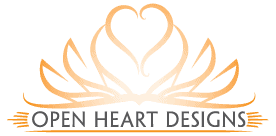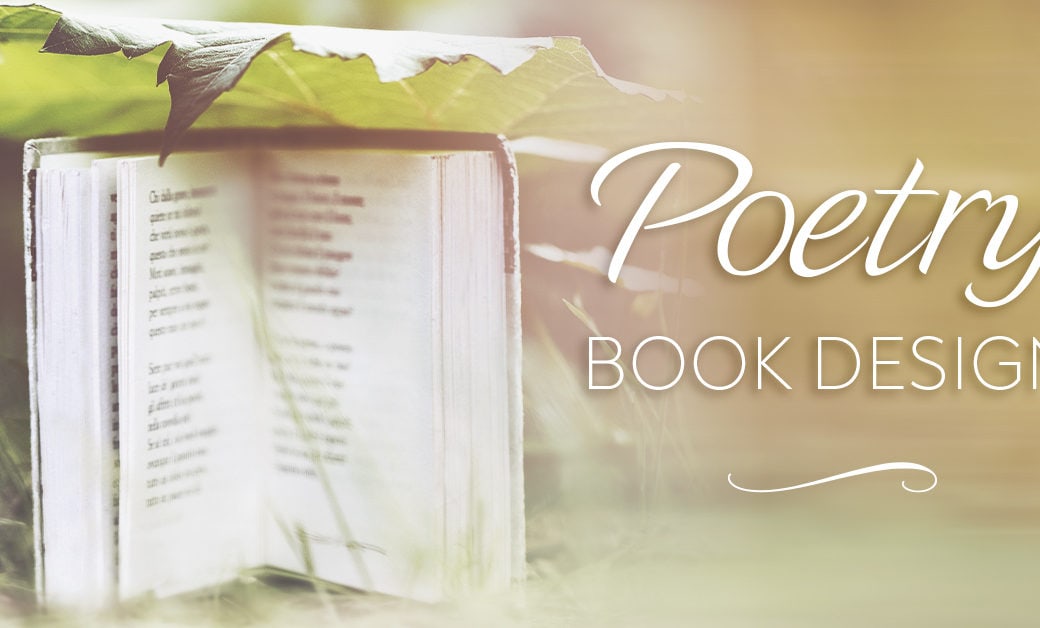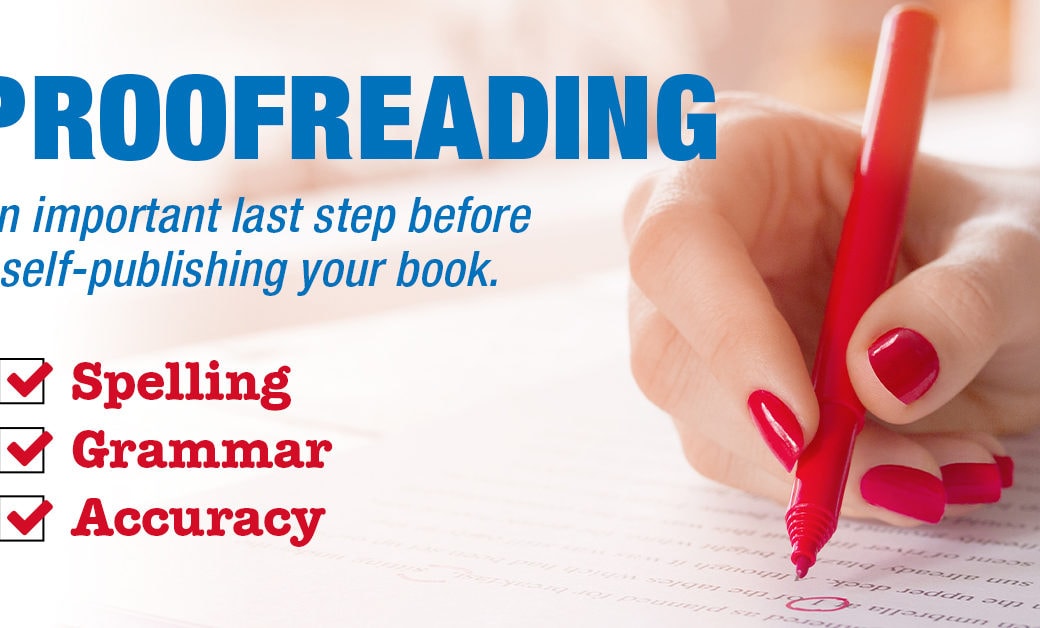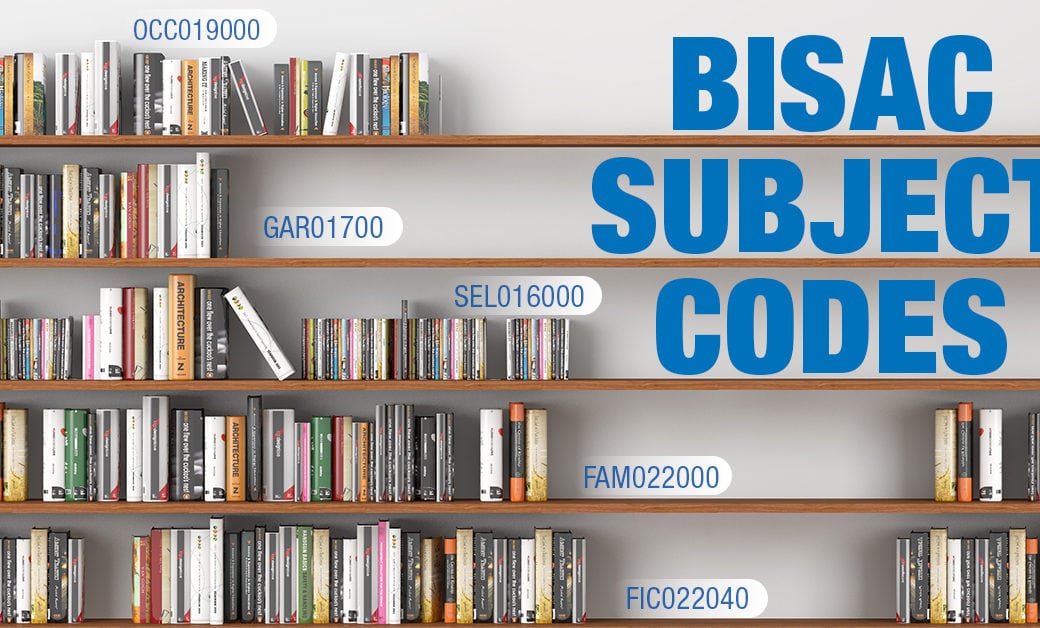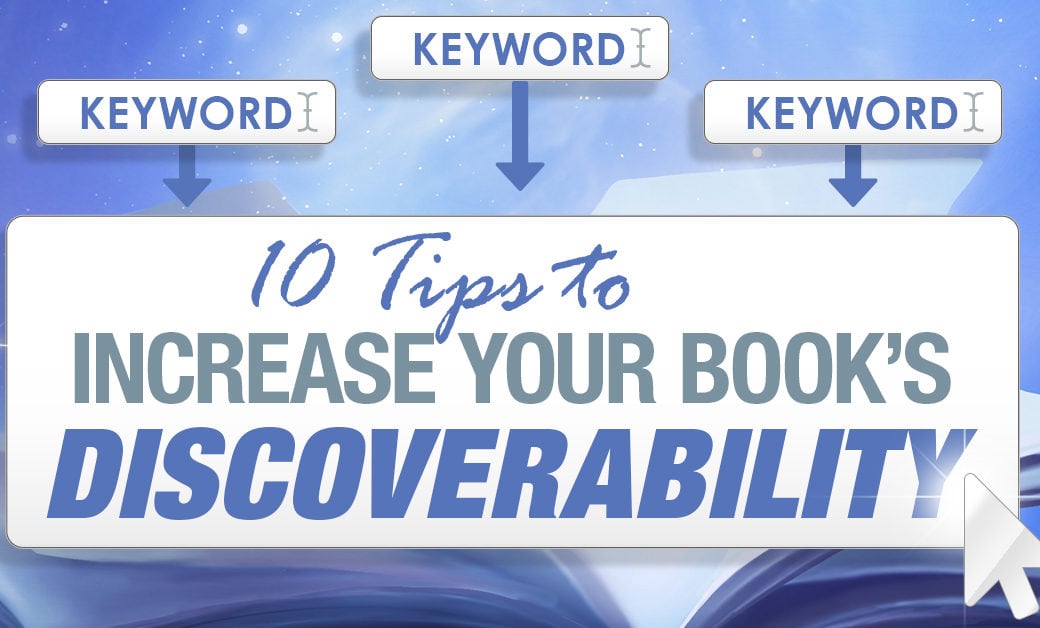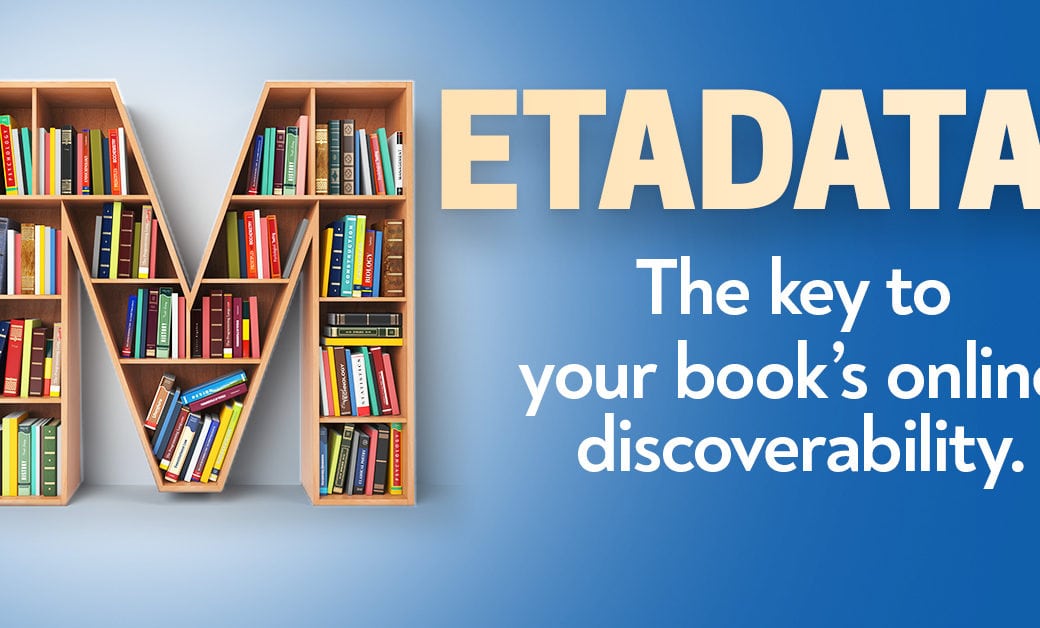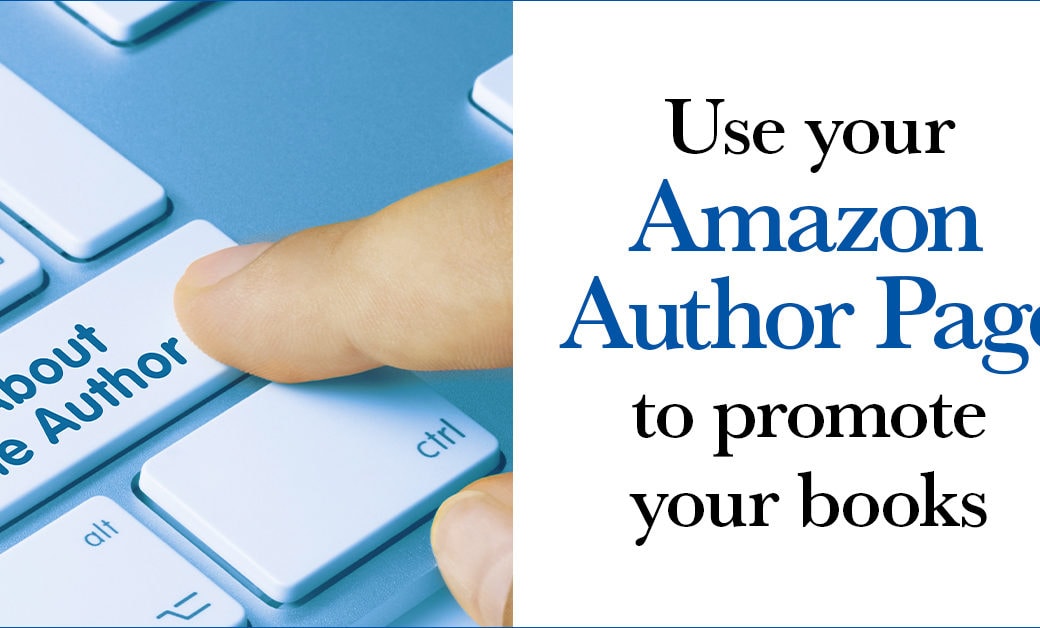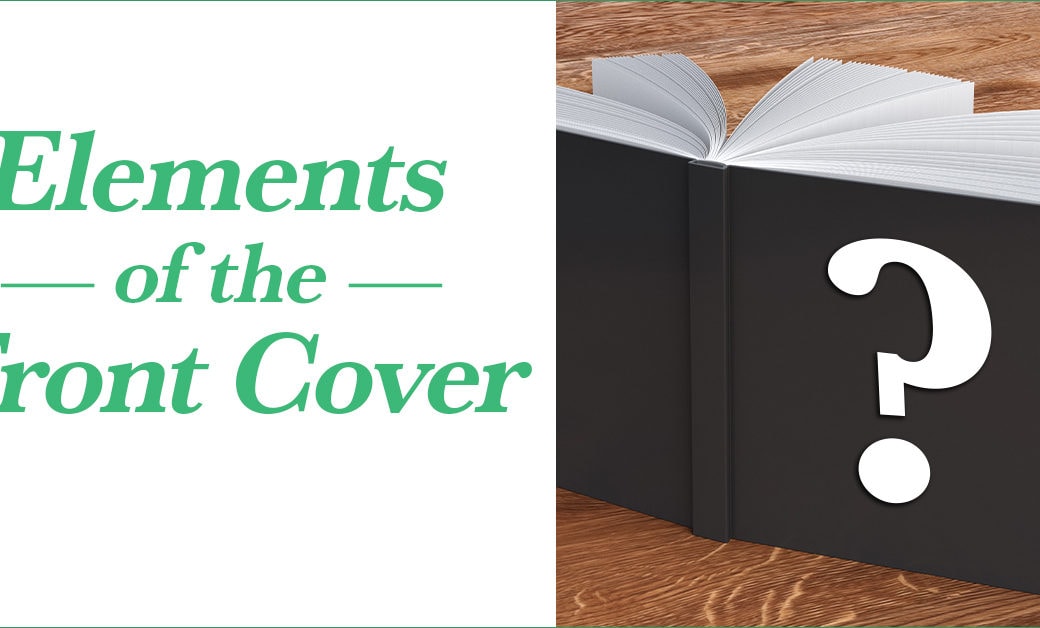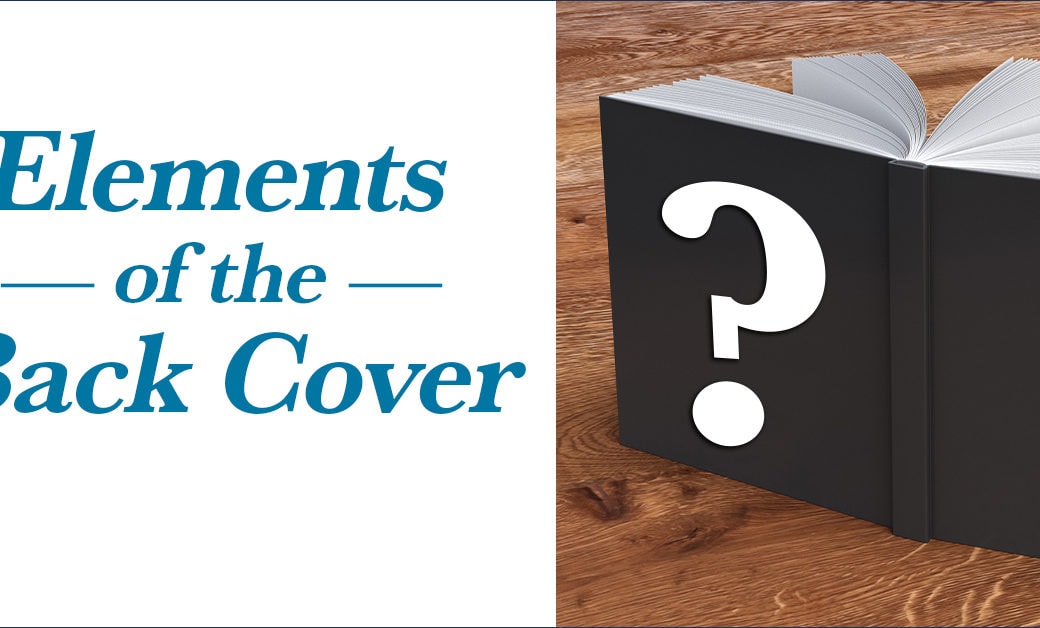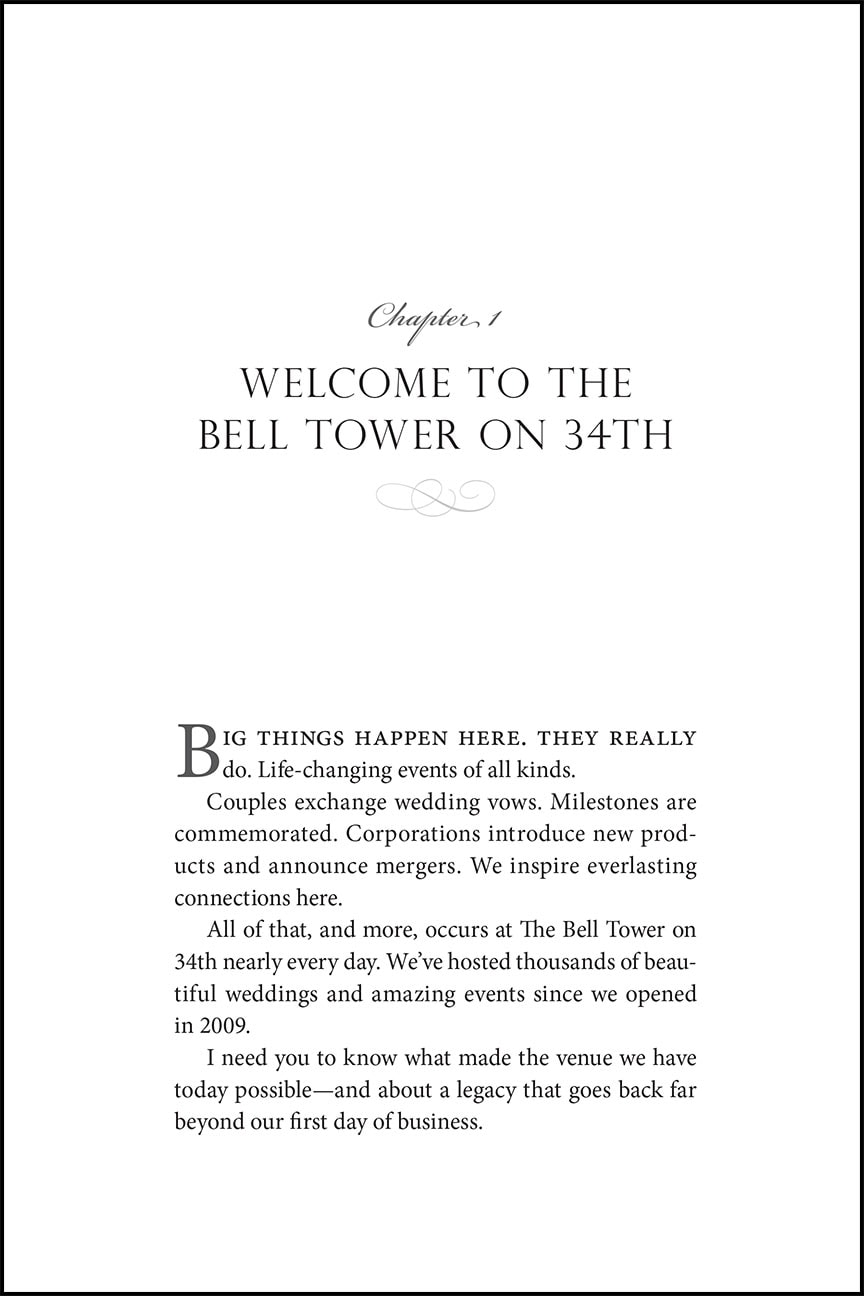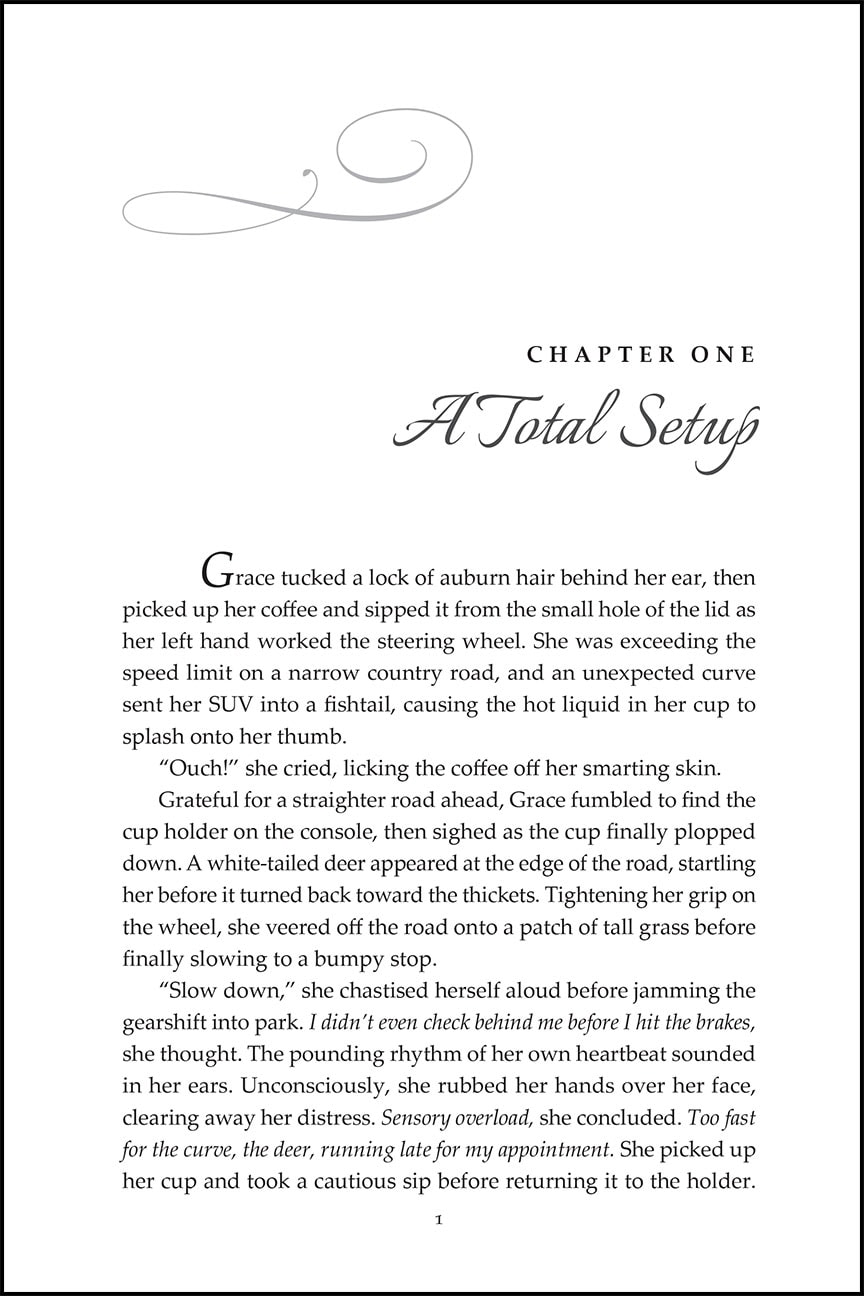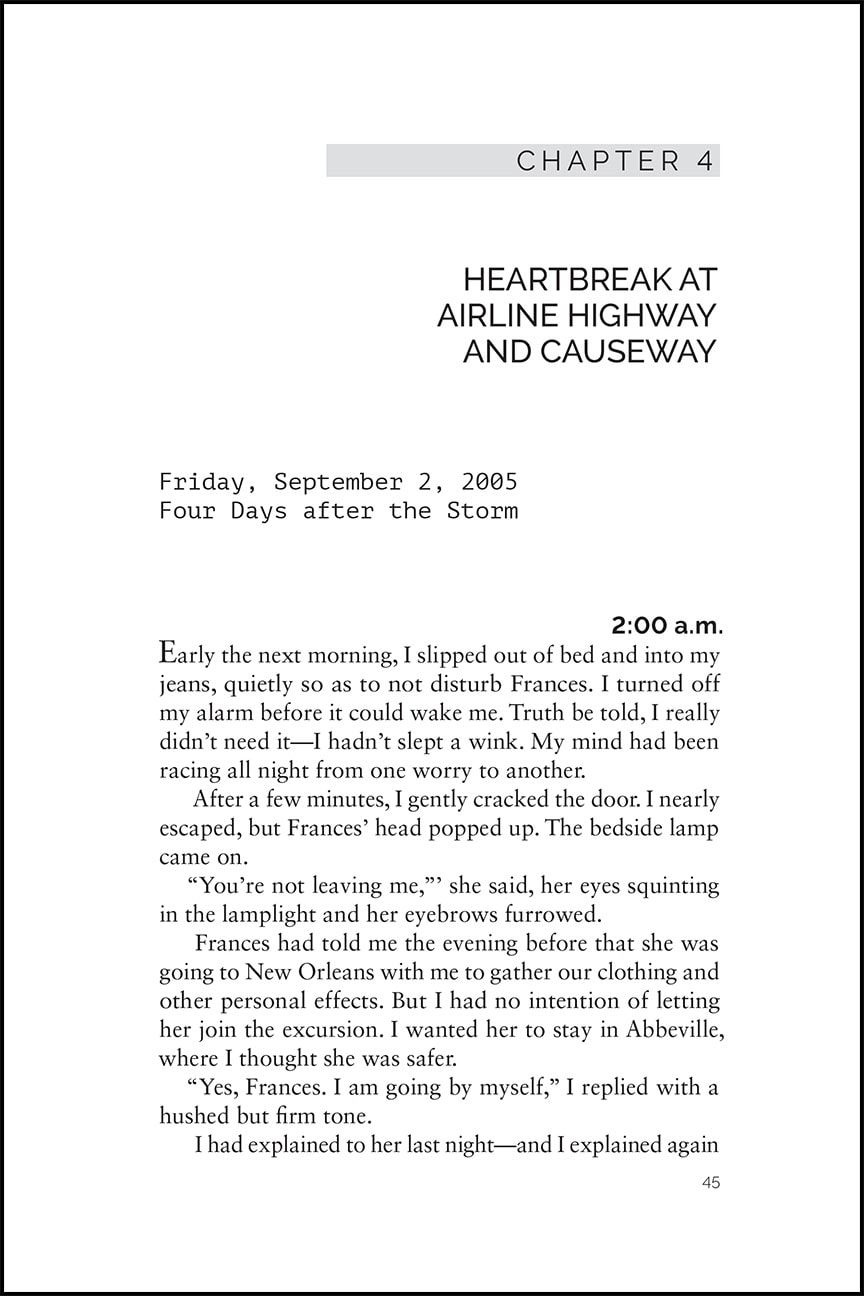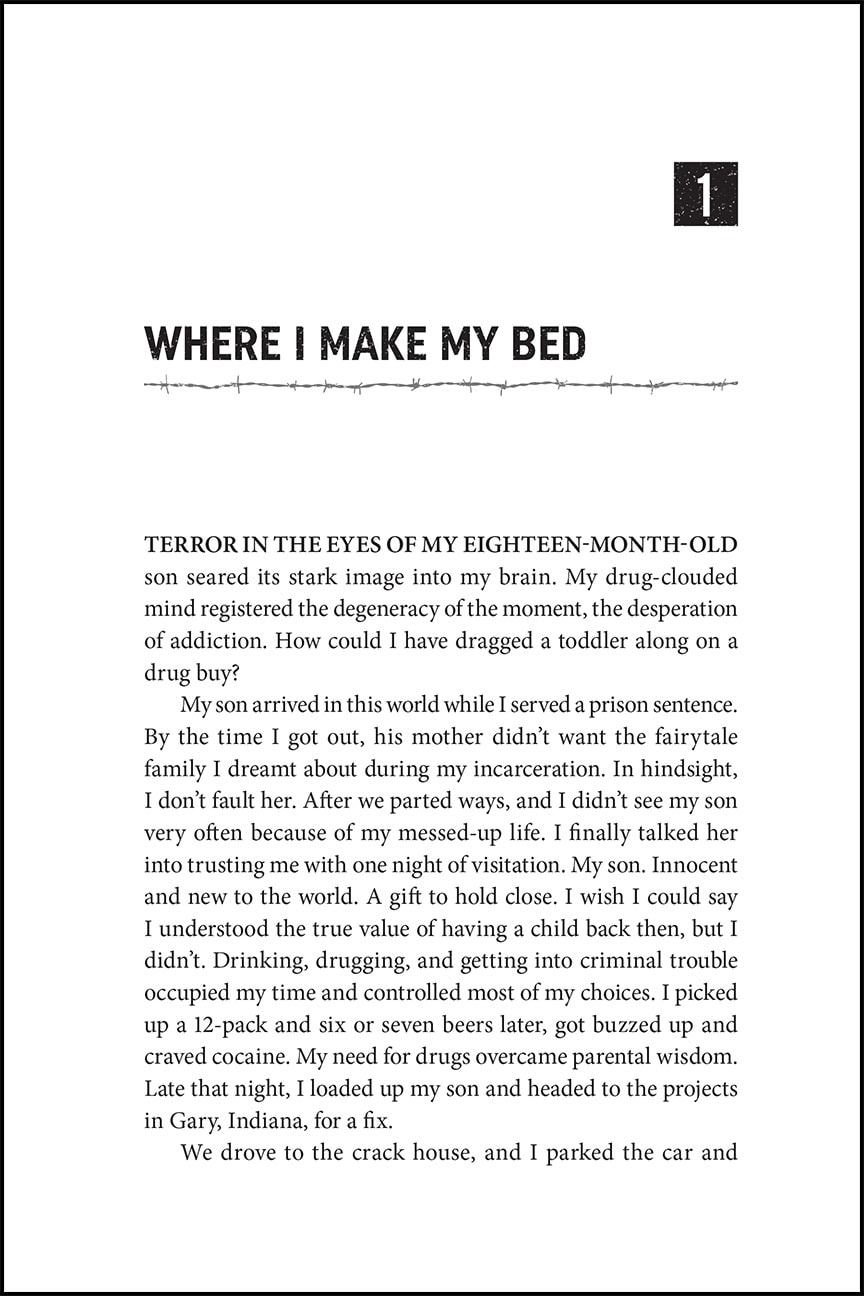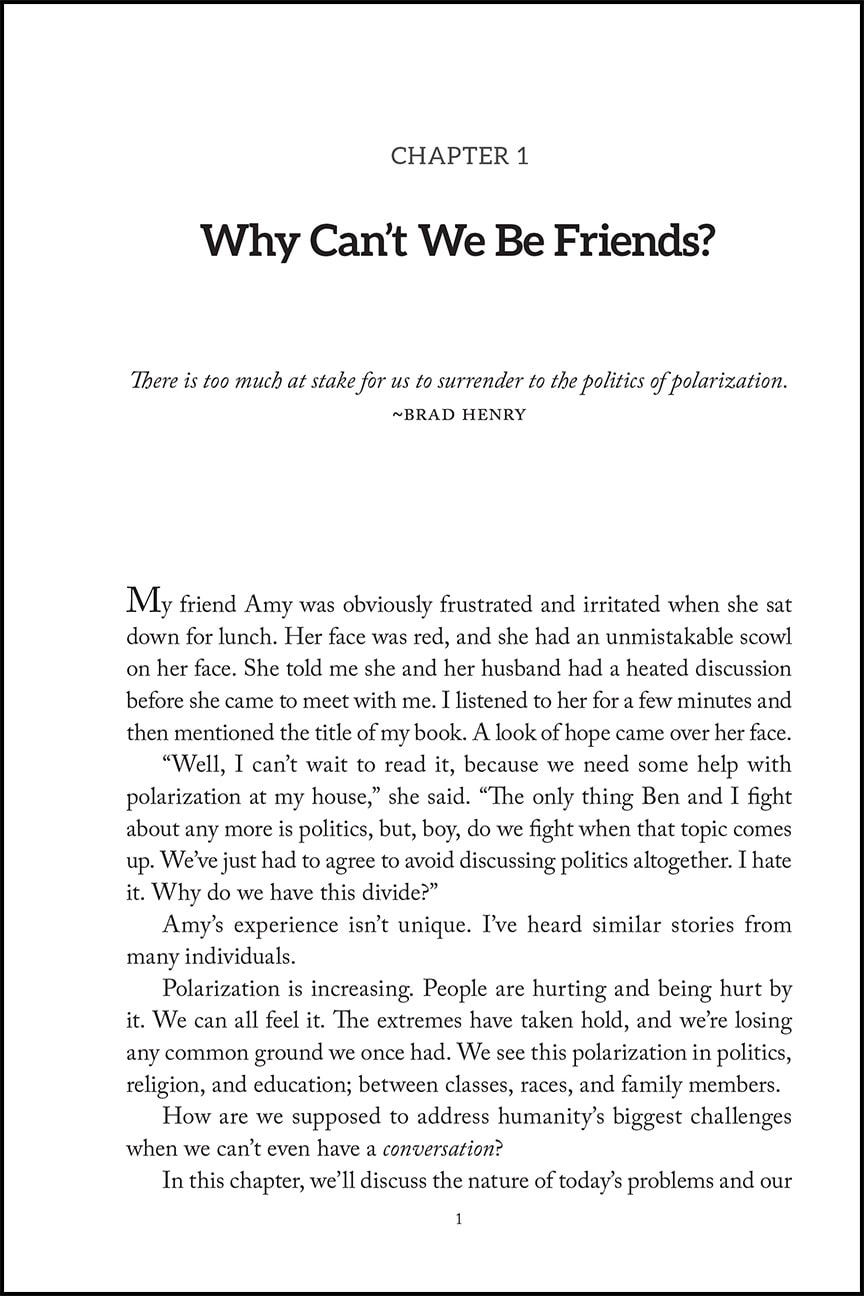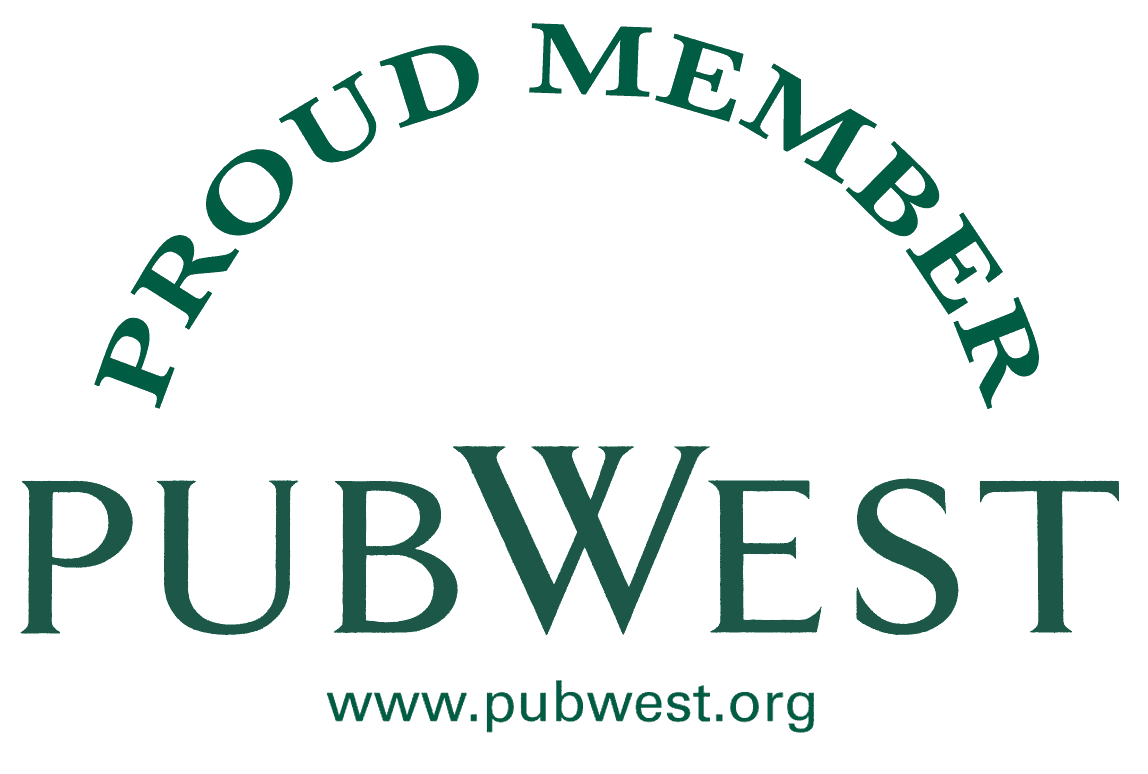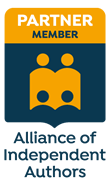Designing Poetry Books
- by admin
- Trim Size
- White Space
- Position of page numbers and running heads/feet
- Order of poems
- Text and Page alignment
- Hanging indentations for long lines that wrap to the next line
- Page breaks for poems that require multiple pages
- Facing pages for poems that require two pages
Help for Independent Presses
Book Design & Production
Have you written a nonfiction or fiction manuscript? After it has been professionally edited, I can design the interior pages and cover, plus guide you through the maze of book publishing and printing. To get started, contact me to discuss your project and my helpful guide for authors.
Proofreading your self-published book – don’t overlook it!
- by admin
Pro Tip: Research and choose a proofreader who has experience in the type of work and in the genre that you have produced. Don't be afraid to ask them questions to determine if they are the right fit for your book!
Do you need it? Absolutely yes.
Help for Independent Presses
Book Design & Production
Have you written a nonfiction or fiction manuscript? After it has been professionally edited, I can design the interior pages and cover, plus guide you through the maze of book publishing and printing. To get started, contact me to discuss your project and my helpful guide for authors.
BISAC Subject Codes
- by admin
BISAC Categories: Help your reader find your book!
- BUSINESS & ECONOMICS / Nonprofit Organizations & Charities / General
- BUSINESS & ECONOMICS / Nonprofit Organizations & Charities / Finance & Accounting
- BUSINESS & ECONOMICS / Nonprofit Organizations & Charities / Fundraising & Grants
- BUSINESS & ECONOMICS / Nonprofit Organizations & Charities / Management & Leadership
- BUSINESS & ECONOMICS / Nonprofit Organizations & Charities / Marketing & Communications
Pro Tip: Did you know that BISAC categories are different than Amazon Categories?
When you make your category choices in KDP, those are BISAC categories and Amazon uses those to decide which Amazon category to put your book in. In this initial set up you can only choose two categories, however you can easily request that Amazon increase the number of categories that they place you in by simply contacting them through your Author Central account.
Want more tips like this? Subscribe to my monthly book design newsletter.
Help for Independent Presses
Book Design & Production
Have you written a nonfiction or fiction manuscript? After it has been professionally edited, I can design the interior pages and cover, plus guide you through the maze of book publishing and printing. To get started, contact me to discuss your project and my helpful guide for authors.
10 Tips to Get Your Book Discovered Online
- by admin
Choose effective keywords to help people find your book!
10 Tips for Selecting Keywords for your Self-Published Book
- You're metadata will be used in many places, so keep a master document on your computer so you have it handy when you need it. This method also makes it easy to add to and keep your metadata current.
- In KDP you can choose up to 7 keywords and phrases, but have a list of 10-20 strategically chosen high quality keywords and phrases on hand.
- Keep them generic words that readers would use when searching.
- Don't repeat words in the title & subtitle - they are already taken into account by search engines.
- Include synonyms and spelling variations.
- Don't include misspellings. Amazon will offer alternate spelling of misspelled words to the searcher.
- Make your keywords specific to your book. They should not include other author names or titles.
- Do use search words and phrases that readers will use together to find your book and enter them in a logical order.
- If your book is about a specific location be sure to include that.
- It's also good to know that keywords work together with your chosen BISAC category and may increase your books' discoverability. So get as specific as possible with your BISAC categories because they are used by many companies throughout the supply chain to categorize books based on topical content. We'll explore more about BISAC Subject Codes in a later newsletter.
Pro Tip: If you run out of ideas for keywords, take a look at your reviews! Your readers may use some great words to describe your book.
- If you don't have any reviews, check out a similar author and see how their readers describe their book.
Want more tips like this? Subscribe to my monthly book design newsletter.
Help for Independent Presses
Book Design & Production
Have you written a nonfiction or fiction manuscript? After it has been professionally edited, I can design the interior pages and cover, plus guide you through the maze of book publishing and printing. To get started, contact me to discuss your project and my helpful guide for authors.
Metadata – The Key to your Book’s Online Discoverability
- by admin
Increase your book's discoverability with metadata!
- Title
- Subtitle
- Author Names
- Description
- Editorial Reviews
- Author Bio
- Keywords
- Categories
- Product details
- Community Reviews
10 Tips for Selecting Keywords
- You're metadata will be used in many places, so keep a master document on your computer so you have it handy when you need it. This method also makes it easy to add to and keep your metadata current.
- In KDP you can choose up to 7 keywords and phrases, but have a list of 10-20 strategically chosen high quality keywords and phrases on hand.
- Keep them generic words that readers would use when searching.
- Don't repeat words in the title & subtitle - they are already taken into account by search engines.
- Include synonyms and spelling variations.
- Don't include misspellings. Amazon will offer alternate spelling of misspelled words to the searcher.
- Make your keywords specific to your book. They should not include other author names or titles.
- Do use search words and phrases that readers will use together to find your book and enter them in a logical order.
- If your book is about a specific location be sure to include that.
- It's also good to know that keywords work together with your chosen BISAC category and may increase your books' discoverability. So get as specific as possible with your BISAC categories because they are used by many companies throughout the supply chain to categorize books based on topical content. We'll explore more about BISAC Subject Codes in a later newsletter.
Pro Tip: If you run out of ideas for keywords, take a look at your reviews! Your readers may use some great words to describe your book.
- If you don't have any reviews, check out a similar author and see how their readers describe their book.
For more information you can check out this helpful video from KDP University, and Ingram Spark's Free Online Self-Publishing Course.
Want more tips like this? Subscribe to my monthly book design newsletter.
Help for Independent Presses
Book Design & Production
Have you written a nonfiction or fiction manuscript? After it has been professionally edited, I can design the interior pages and cover, plus guide you through the maze of book publishing and printing. To get started, contact me to discuss your project and my helpful guide for authors.
Do you have an Amazon Author Page?
- by admin
Set up your Amazon author page to promote your book!
- Books: After claiming your page you'll need to add your books to it by searching for the title or ISBN.
- Bio: Use this section to enter a short bio. Make sure to include your website if you have one. Some people use this area to list upcoming events, new release dates, their social media links and contact email. Get creative!
- Photos: You can upload multiple images. Include a professionally taken photo of yourself so people can see you and any other images that are relevant to you or your books.
- Videos: If you have created a book trailer or have other videos that help you connect with your audience upload them here.
- Blog: Do you have a blog with an RSS feed? Be sure to include it on your author page. Whenever you update your blog, the blog teasers that appear on the author page on Amazon update automatically, within 24 hours of being posted on your blog.
- Customized URL: An author page URL is an easily shared link to your page on Amazon.com. It can be customized with whatever you wish it to be as long as it hasn't been taken by another user. In that case you'll need an alternative. Use your author page URL in your email signature, blog posts, Facebook posts and tweets.
Pro Tip: Write under a pen name? You can manage up to three pen names within a single Amazon Author Central account.
Want more tips like this? Subscribe to my monthly book design newsletter.
Help for Independent Presses
Book Design & Production
Have you written a nonfiction or fiction manuscript? After it has been professionally edited, I can design the interior pages and cover, plus guide you through the maze of book publishing and printing. To get started, contact me to discuss your project and my helpful guide for authors.
What goes on your front cover?
- by admin
Tips for book cover design success.
- Title. The title will want to be the most prominent element on the page and set in a font that is fairly simple and easy to read. Keep in mind that if you are selling your book online the front cover will be thumbnail size when presented to online shoppers in browsers and reading devices. Therefore the legibility of the title needs to be crystal clear in both the larger printed version and the digital thumbnail size.
- Subtitle (if applicable). This element is #2 in priority after the title. It also wants to be very legible and easy to read at small sizes. Often the subtitle is set in a smaller less "fancy" font than the title, but is still complimentary to the title. The design of the title and subtitle work together to create a typographic grouping that works with and enhances the rest of the design.
- Series Number (if applicable). If your book is part of a series you can choose to include this information on the front cover. Usually it is quite small and worked into the typographic design of the title and subtitle or, in some cases, across the top of the page. Some authors choose to only put this on the spine or back cover, but if your book's fans will mostly be reading it as an ebook it can be helpful for them to see the series number on the front cover.
- Endorsement. If you have an endorsement from a person with a well-known name, great for you! Endorsements can help add credibility to your book and it may work well to give a big name endorsement some prominence on the front cover, but limit it to one and keep it short. Start collecting endorsements and reviews early!
- Author Name. Of course readers will want to know who the author is! This element is most commonly placed in the lower third of the front cover. Unless you are a super well-known and established author, the prevailing advice is to keep the author name small.
- Design. Buyers do judge books by their covers! All of the previously mentioned elements need to work seamlessly with the overall design of the book. Hire a professional book cover designer to avoid a front cover design that is easily recognized as amateurish. The design of your book cover can be made up of images, or illustrations, it can be strictly typographic, or it can be a combination of all these things. Whichever direction you choose should reveal the tone of your book right away so that upon first glance the reader can instantly get a sense for the content inside. The design should also be reflective of other books in your genre - similar, but distinct, so that it "fits" with the other books on the shelf and also stands out. Finally - don't forget to look at a gray scale version of your cover - some e-readers don't display color, so the cover must still look good and be readable in gray scale.
Pro Tip: Don't try to do too many things on the cover design. Any image or illustration should only hint at the story inside the book. To create impact, try to limit the cover design to one striking image or symbol.
After the audience is defined and the research and planning is done then is it ready for the design phase. When I design the front cover of your book some of my goals include:
- Readability of the title font
- Seeking creative continuity from the front cover, over the spine and onto the back cover (and inside/outside flaps if it's a dust jacket).
- Making sure the cover scales down to smaller sizes well.
- Creating a cover that is unique but fits in the genre.
- And finally...ensuring that you - the publisher! - absolutely love your book's cover design.
Want more tips like this? Subscribe to my monthly book design newsletter.
Help for Independent Presses
Book Design & Production
Have you written a nonfiction or fiction manuscript? After it has been professionally edited, I can design the interior pages and cover, plus guide you through the maze of book publishing and printing. To get started, contact me to discuss your project and my helpful guide for authors.
Back Cover Copy – What goes here?
- by admin
Learn about which elements should go on your back cover to help sell more books.
- A tagline. Appearing at the very top of the page, use an enticing one or two line sentence to provoke interest or intrigue. Keep it short to grab your reader's attention and pull them further down the page into more details about the book.
- A book summary or blurb. This one or two paragraph block should be written with your reader in mind. However, it shouldn't be written in the same style as your book. Think of it more like ad copy, and to write effective ad copy it is critical to know who your reader is and then talk directly to them using language that they'll relate to. The book summary can help your reader understand why they want to buy your book and communicate to them how this book will benefit their life.
- Reviews, endorsements, testimonials. Include 2-3 of your best reviews on the back cover. These short statements of praise from others helps add a feeling of credibility to your book. Seeing that other people, maybe some of them well-known, have read, endorsed and recommend your book, builds a sense of trust with your potential reader. Be sure to include your reviewer's name and credentials if they have them.
Pro Tip: Obtaining reviews, testimonials and endorsements can sometimes be a lengthy process. Don't wait until your cover is ready to be designed to ask people for these. Plan ahead and start early so they are available when your cover is ready to be designed.
- Author biography and photo. Give people a way to start getting to know you as an author. Include a short bio about yourself and why you wrote the book. Keep it brief and clear, saving the longer list of achievements and story for your "About the Author" page in your book or on your website. Use a simple, professionally taken head shot for the photo.
- Publishing Information. This section is for your ISBN bar code and could include the bookstore category, price (if you choose to include that), and your website address.
After you have all of the copy for the cover, only then is it ready for the design phase. When I design the back cover of your book some of my goals include:
- Maintaining visual continuity that may come from the front cover and/or elements of the interior style.
- Keeping the information on the back cover easily digestible with the most important copy presented in a way that grabs the eye.
- Using various design techniques to eliminate any potential for an overcrowded, or cluttered feeling.
Want more tips like this? Subscribe to my monthly book design newsletter.
Help for Independent Presses
Book Design & Production
Have you written a nonfiction or fiction manuscript? After it has been professionally edited, I can design the interior pages and cover, plus guide you through the maze of book publishing and printing. To get started, contact me to discuss your project and my helpful guide for authors.
A Look at Imprints
- by admin
Should you set up an imprint or multiple imprints for your self publishing company?
Want more tips like this? Subscribe to my monthly book design newsletter.
Help for Independent Presses
Book Design & Production
Have you written a nonfiction or fiction manuscript? After it has been professionally edited, I can design the interior pages and cover, plus guide you through the maze of book publishing and printing. To get started, contact me to discuss your project and my helpful guide for authors.
The Chapter Opening Page in Book Design
- by admin
Elements and design choices to consider when designing a chapter opening page.
Whichever design style that you choose for your chapter opening page, it is important that it does not distract the reader from their reading flow. Beautifully designed chapter opening pages can be enjoyable to the reader and a refreshing pause before diving into the next section of text.
Below are a few examples of chapter opening pages that I've recently designed.
Want more tips like this? Subscribe to my monthly book design newsletter.
Help for Independent Presses
Book Design & Production
Have you written a nonfiction or fiction manuscript? After it has been professionally edited, I can design the interior pages and cover, plus guide you through the maze of book publishing and printing. To get started, contact me to discuss your project and my helpful guide for authors.
